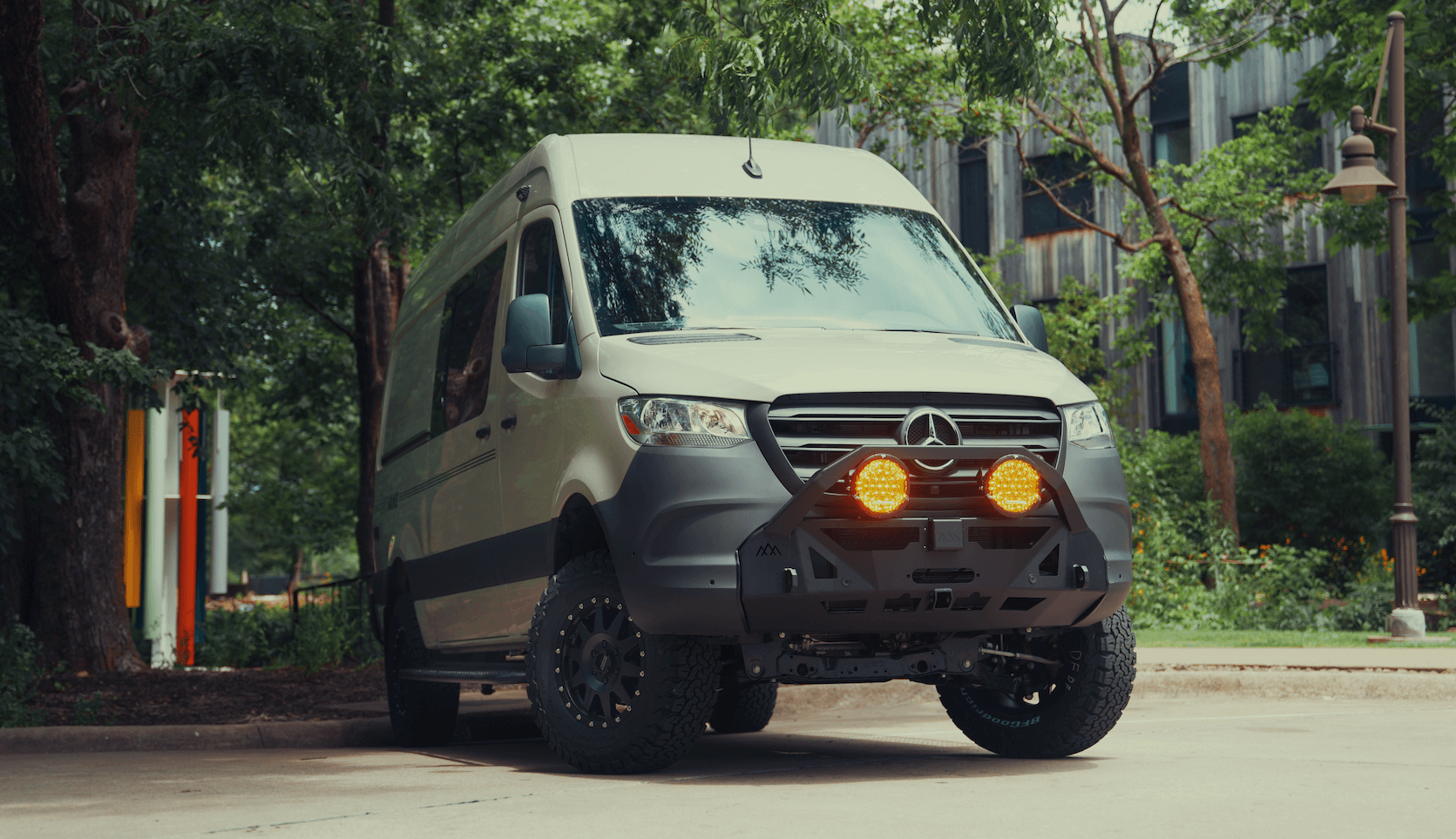Recreational Vans

Before choosing a method, measure everything. Length, width, and rocker shape determine how a board nests against seats, cabinets, or headliners.
Diagonal placement is the common workaround. A six foot shortboard often slides diagonally across many crossovers and wagons, while eight foot funboards and nine foot longboards demand either a van cabin, a fold flat front seat, or ceiling suspension.
Remove fins when possible. It reduces snags, shortens the package, and lowers point load against fabric or trim. Use a day bag or add EVA foam at contact points to prevent pressure dents on rails.
Boards become projectiles in hard braking or a collision. Treat securement like safety equipment, not convenience hardware.
Aim for a triangle of restraint: two lateral points and one longitudinal stop. This resists movement in braking, swerving, or rough roads.
Ceiling storage frees floor space and keeps the board out of the impact zone. Options include:
Keep a two finger gap between the deck and headliner to avoid vibration and head bumps. If you hear a rattle, add a soft shim rather than overtightening the strap.
Wax melt, mildew, and corrosion are the hidden enemies of interior storage. A little prevention preserves the quiver and the vehicle.
Daily driver with occasional surf missions: keep it modular. A quick release ceiling sling or two cradles at the sidewall protect the board and restore cargo space when removed.
Weekend trips: run a ceiling rack plus an under bed slide for a second shortboard. Put small parts, wax, and fins in a rail mounted pouch to avoid hunting for bits in the dark.
Multi week road trips: plan zones. Boards high and forward, soft goods mid cabin, wet gear in a vented rear bay. Use a curtain or partition to isolate salty damp items from living space.
Stack boards deck to deck with a thin spacer. Offset fins so they nest between boards, not against foam. Tighten straps until snug, then add a half inch foam buffer at the rail contact. Recheck tension after the first hour of driving.
Roof racks still have a place. If you carry SUPs, bulky longboards with big single fins, or more boards than the cabin allows, external storage may be simpler. Inside storage wins for security, quiet, and fuel economy; roof storage wins for extreme length or count. Many travelers mix methods, keeping one favorite board inside and the overflow above.
Interior surfboard storage works best when rack geometry, anchor points, and airflow are planned as a system. The right mix creates a quiet cabin, upright balance in corners, and quick load routines at dawn patrol. Take notes after each trip: where did the wax smudge, what rattled, and what slowed you down. Small adjustments, like moving a strap anchor two inches or adding a foam tail stop, can transform the experience.
You now have the framework to carry boards inside safely, quietly, and cleanly. If you want it integrated from the start, our team designs interior surfboard storage around your exact quiver and travel style. Ceiling slide racks, padded sidewall cradles, vented wet bays, and proper anchor points become part of the build, not an afterthought. That means quicker load ins, fewer dings, and more room to live.
We build reliable, quiet interiors that protect your gear and simplify travel. Tell us about your boards, typical wave size, and the roads you plan to chase. We will shape a solution that fits your cabin and your routine, so every session starts smooth and ends with your quiver intact.
Pack the boards, shut the doors, and roll out. When the inside storage is planned, the drive to the break is the easy part.
Ready to stop wrestling boards and start traveling smarter? Tell us about your quiver and vehicle. OZK Customs designs secure, quiet, and easy to load interior surfboard storage with integrated anchor points, protective padding, and ventilation. Submit the form to get a tailored plan and timeline for your complete custom build or partial upfit.
ADDRESS:
6159 E Huntsville Rd, Fayetteville, AR 72701
PHONE:
(479) 326-9200
EMAIL:
info@ozkvans.com